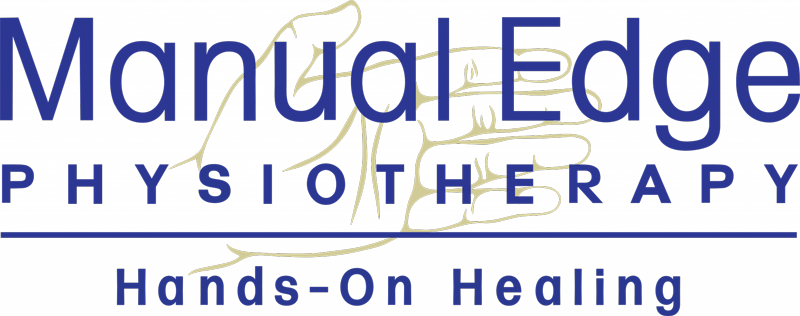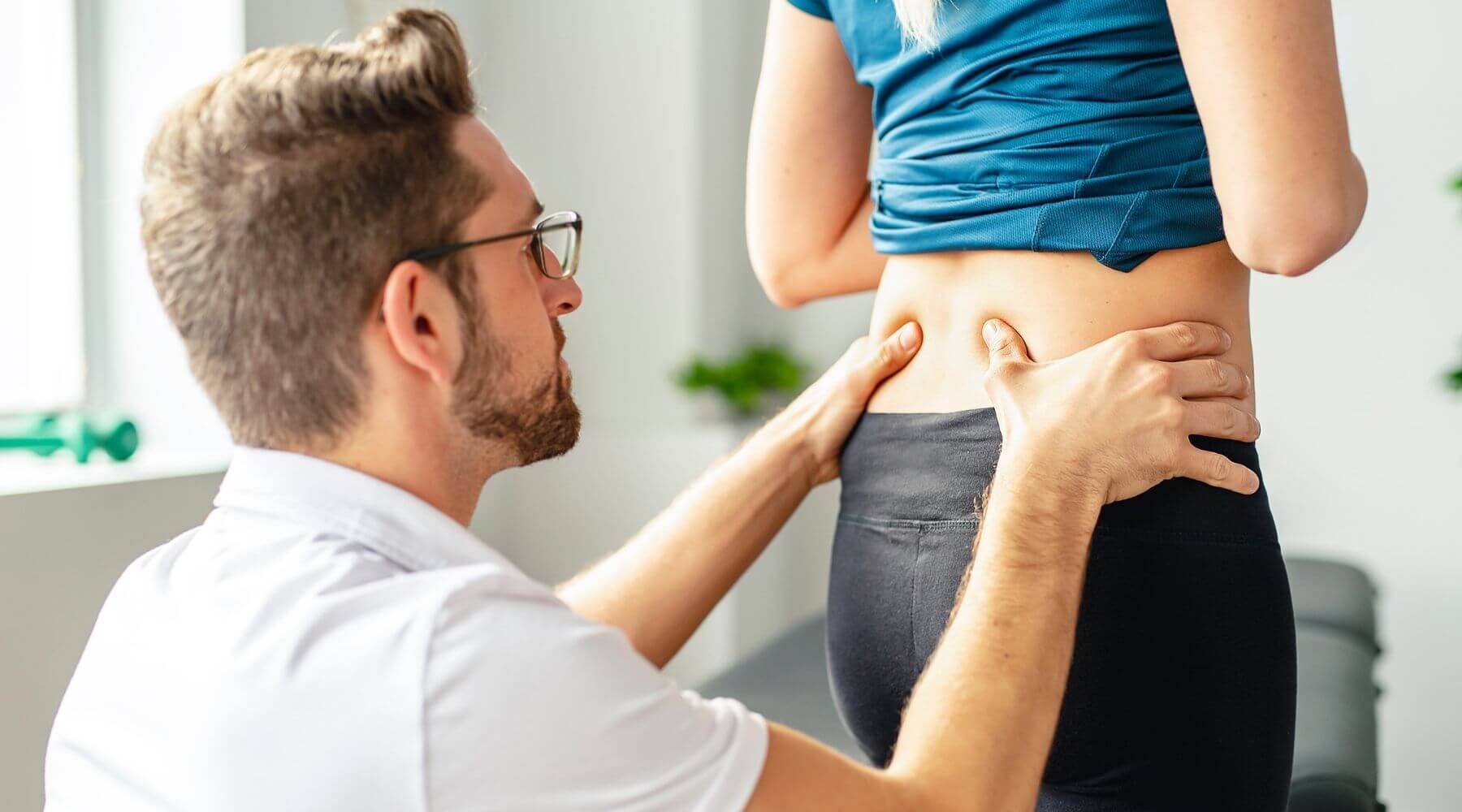Hip Physical Therapyin Colorado Springs
Hip pain can be caused by problems with your hip joint. This type of hip pain tends to be felt on the inside of your hip or in your groin. Hip pain can also be caused by problems with the muscle, ligaments, tendons and other structures that support your hip joint. If hip pain associated with these problems, it tends to occur on the outside of the hip or the upper thigh. Diseases and conditions in other areas of your body can sometimes cause hip pain, and is called referred pain.
Information courtesy of the American Physical Therapy Association.


